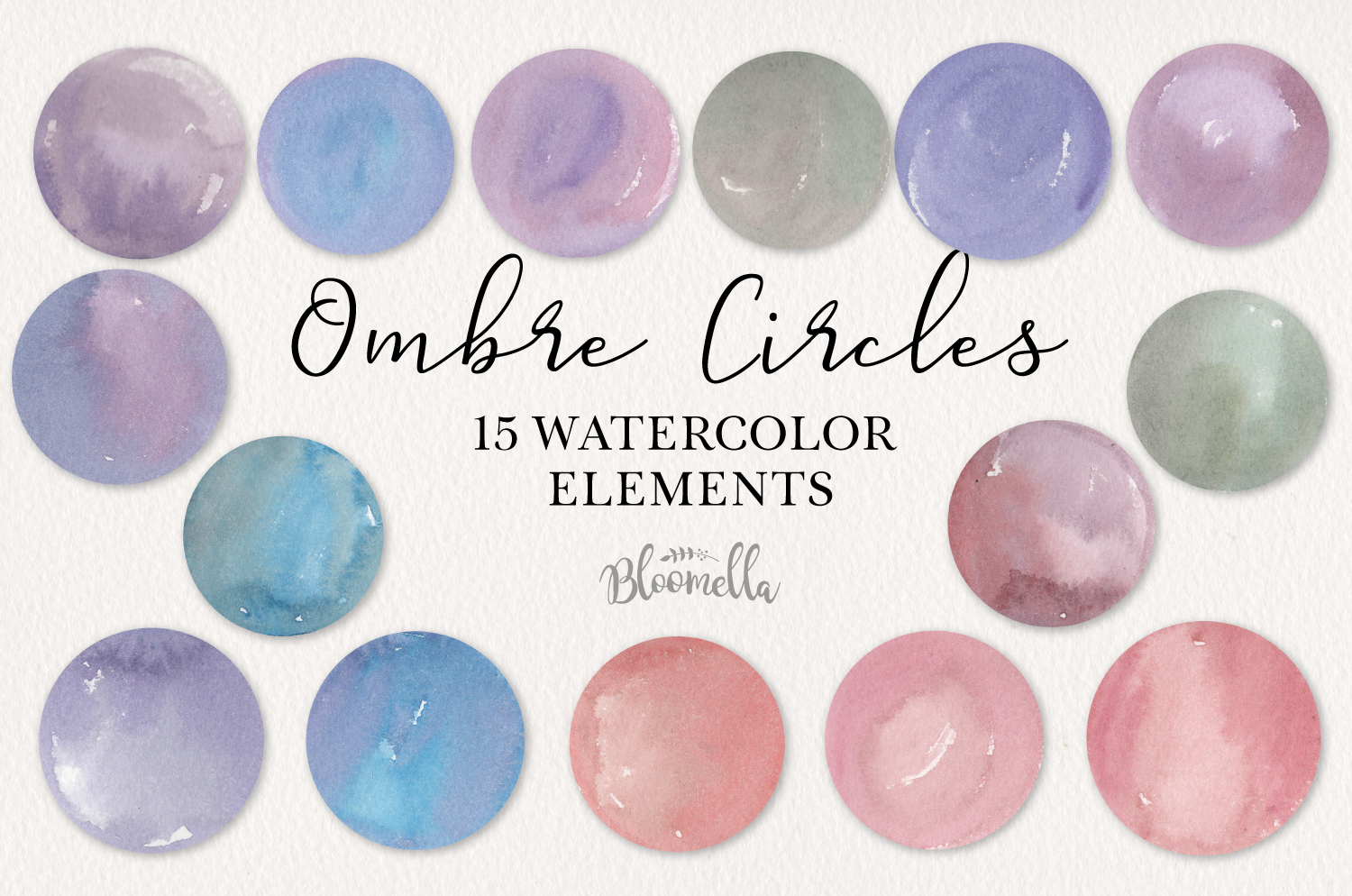

In hindsight, I should have done myself and my wallet a favor and just purchased individual colors ala-carte. Now, I suppose that’s true with larger sets, too – they also contain colors I already have, but they also usually include something different. I don’t like getting smaller sets of colors because they often contain the same colors I have already from several other sets. In no small fashion, I purchased a set of 24 colors. I love watercolors that move, like QoR Watercolors, so I knew I wanted to give these a try, too. I’d watched a review by Denise Soden of In Liquid Color on these and thought I must get my hands on them because of their extremely active qualities. It all began with the purchase of a set of Roman Szmal watercolors. Probably the first question any normal person would have is “So, you already had them swatched out before… why would you re-swatch them?” While small, any amount of money helps me to keep making art and sharing it with the world.Ī couple of weeks ago, I took on what ended up being the monumental task of re-swatching all of my watercolors. That said, I appreciate your patronage by using the links to purchase products. As usual, please note that any links to Amazon products within this post are affiliate links, meaning I make a minute commission should you choose to purchase something via the link. A list of materials can be found at the end of this post. I signed up for an online course on Perspective for Sketchers a few years ago, and it was a game changer.As an Amazon Associate I earn from qualifying purchases. Example: I wanted to learn more about perspective for landscape and architectural sketching, but the wish was buried under To-Do’s. Taking a course online also helps to frame structure around the fleeting whims of creative urges.


Afterwards, I’m usually excited to try it.

That’s one of the best things about online courses for me it’s visual, and I can stop a video clip, roll it back, and watch a technique over and over again till I understand what I’m seeing. Whether it’s baking a coconut cream pie, mounting an owl box, or having Charles Reid’s courage to alter real life details in a reference photo for the sake of a better painting – my confidence is always boosted after watching descriptive process. After watching a few introductory demos, I’m ready to try a new thing. (Watch his Derwent Inktense comparison near the end – not all watercolor pencils are created equal.) 🤔Ī stand of tree trunks to connect the ground to the foliage Learning Art Your WayĮveryone learns new things in different ways. You can watch Teoh Yi Chie’s demo with three colors of Cretacolor Watercolor pencils here. (Be sure to use paper designed for wet media.) If you draw a circle and color it in with watercolor pencils, and then apply a clean, wet brush to your drawing, the pencil lines dissolve into wet watercolor pigments, and move with the brush. Watercolor pencil applied to paper in a drawing will activate and become fluid when it comes in contact with water, just like your dry pans of watercolor on your palette. In watercolor pencils, the pigments in the leads are compressed with proprietary binders that stay firm enough to resist breaking (to a certain extent), and soft enough to transfer color when the pencil tip is dragged across a paper surface, just like a traditional pencil. The leads in watercolor pencils are made with the same powdered pigments found in tubes of watercolor and dry watercolor pans. Unlike colored pencils, watercolor pencils are water-soluble. Watercolor Pencils look just like Colored Pencils, and they draw on paper with a similar look and feel, but add water, and you’ll see the difference! Water, Oil and Wax


 0 kommentar(er)
0 kommentar(er)
